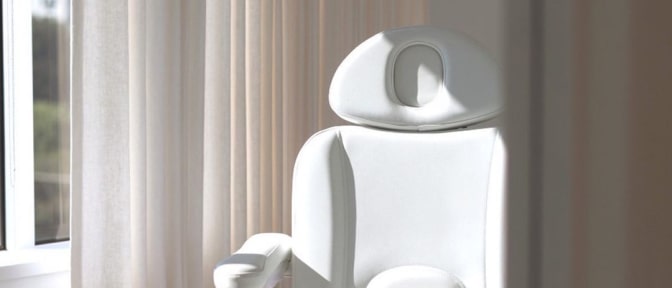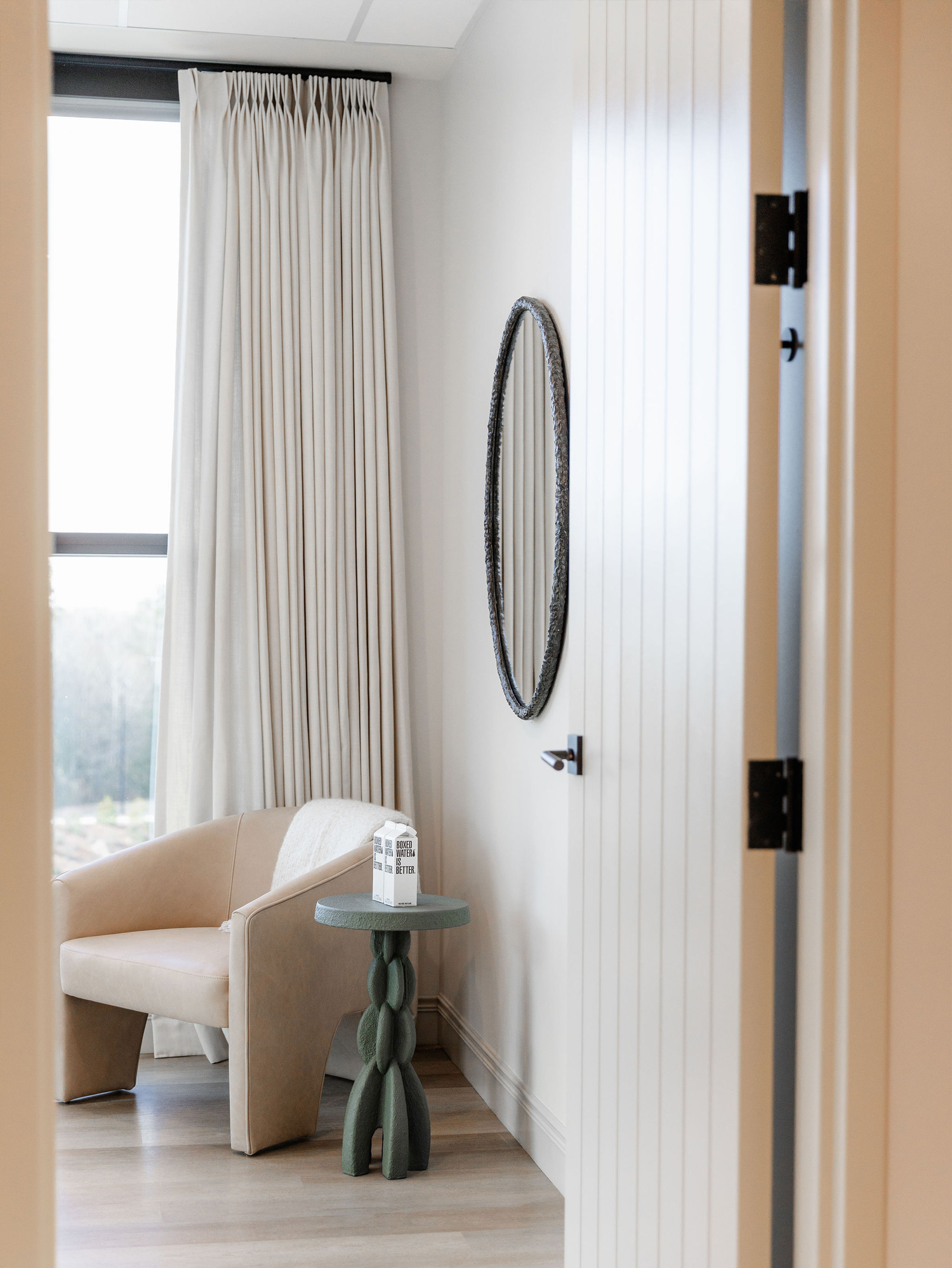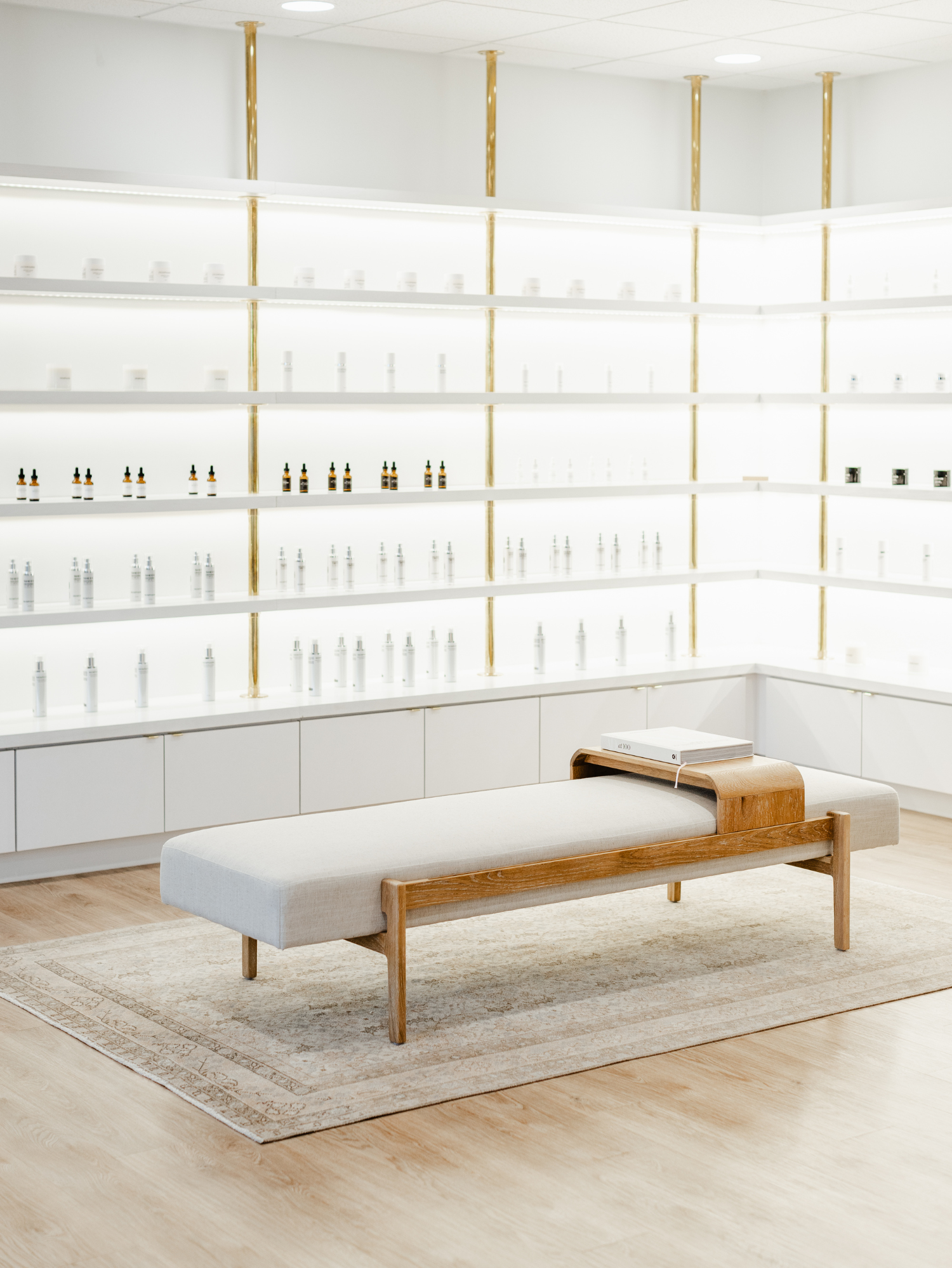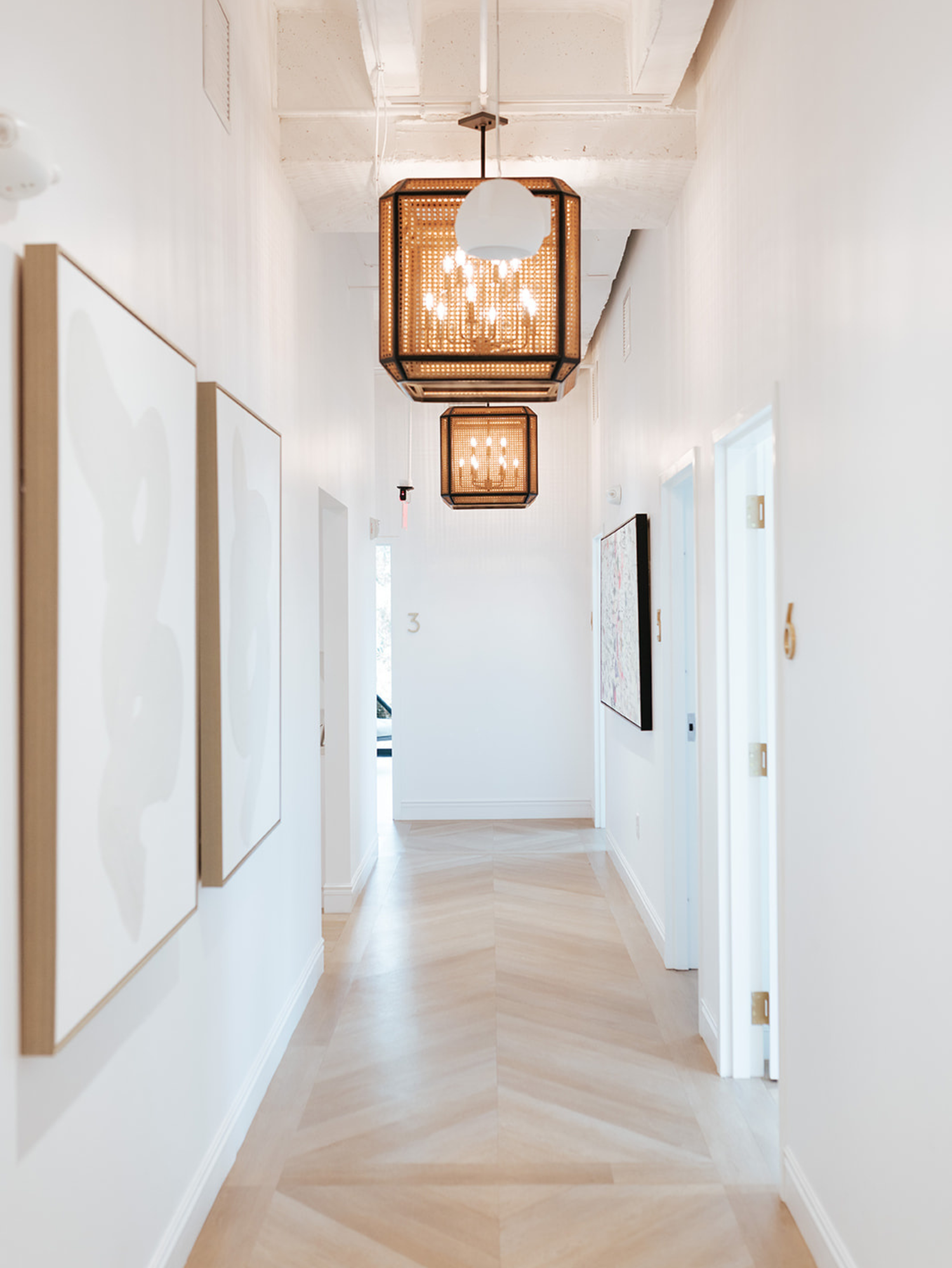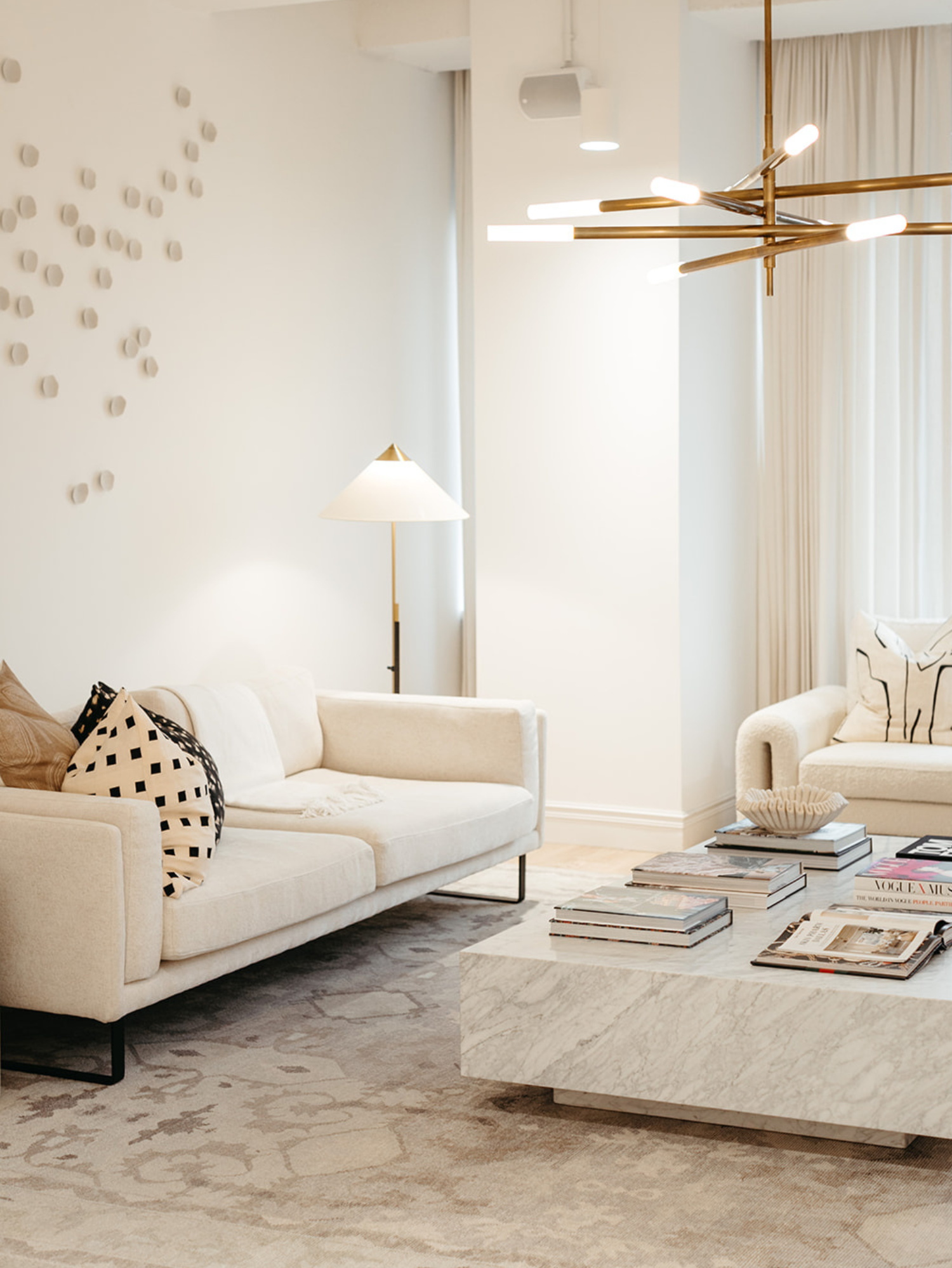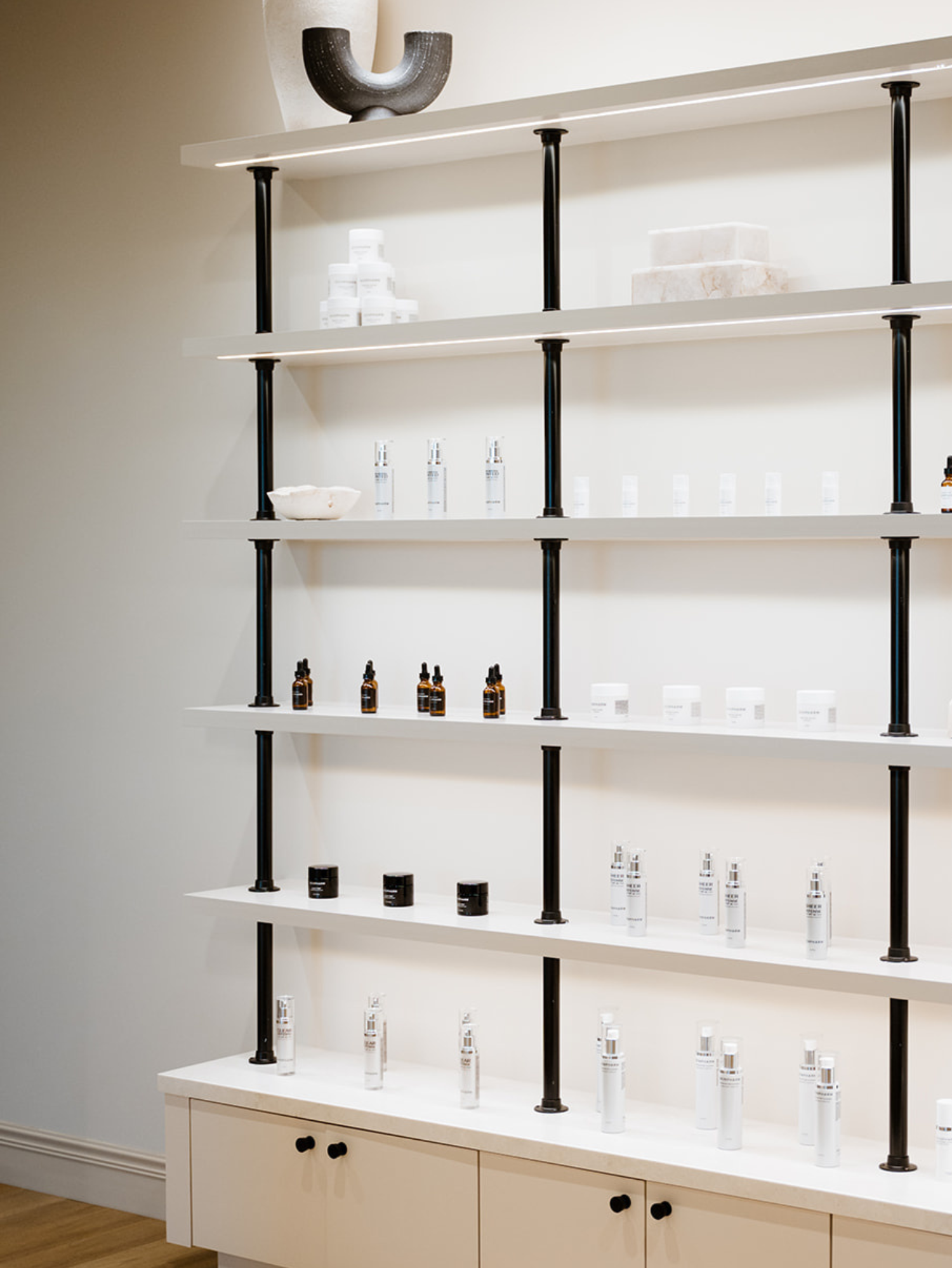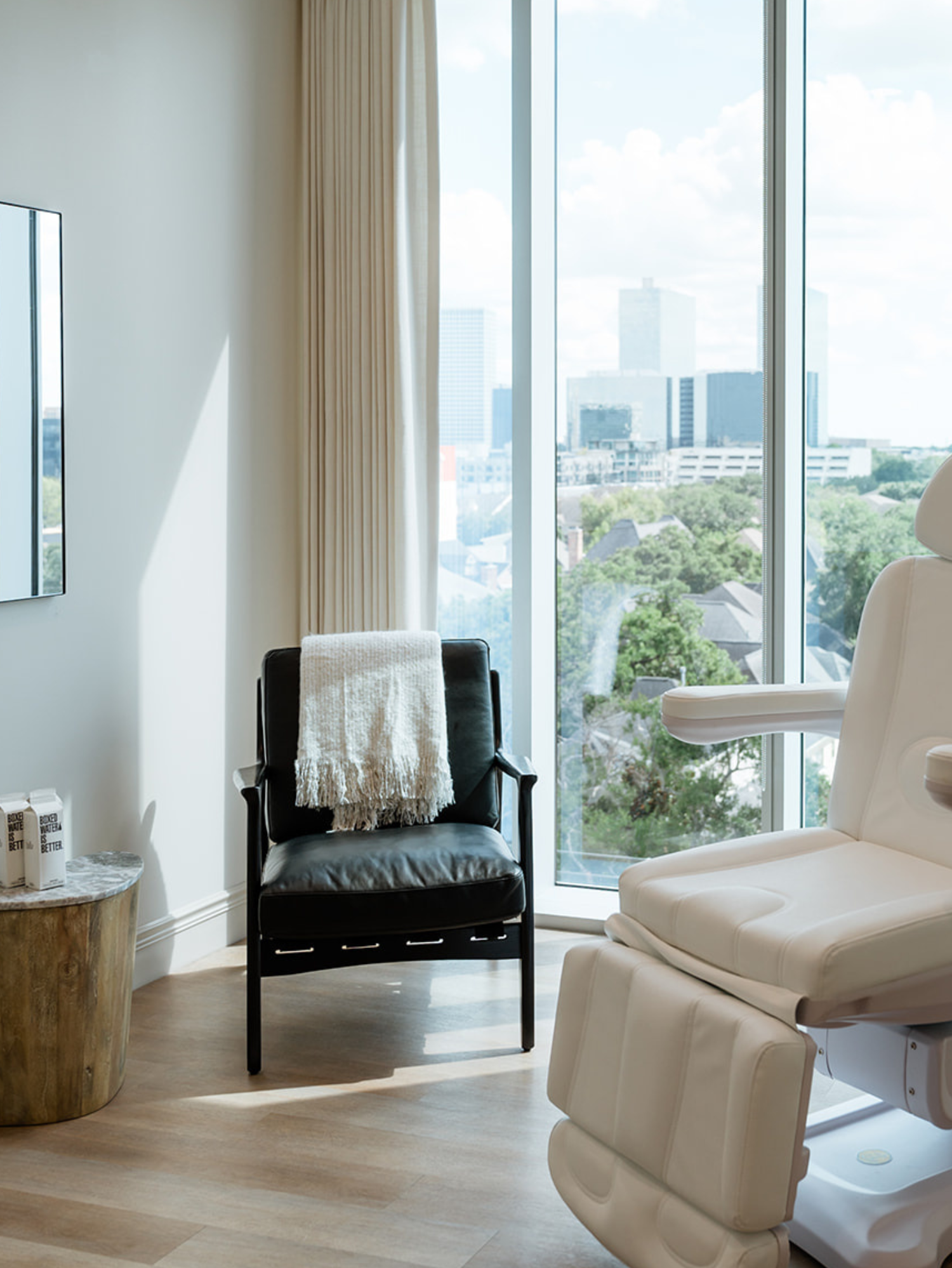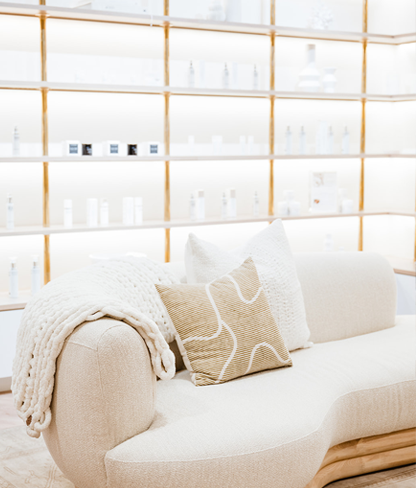Shop skin care
Clinics
VISIT OUR 11 CLINICS →
HOURS
Monday – Friday
9:30a – 5:30p
Glycolic Acid Pads vs. Cleanser: Which Is Better?
by Anna Kate Read June 18, 2021

For a while, it seemed like skin care pads were everywhere.
They had a formula for nearly every skin care concern, but it wasn’t as apparent how — or if — they could help and what they could do for you.
Now that the market has simplified and there are fewer options to sort through, we’d like to help you make the best choice for your unique skin.
Let’s take a closer look at one of the more popular skin care ingredients, glycolic acid, and whether using glycolic acid pads or a glycolic acid-based cleanser is better for your skin.
What is glycolic acid?
Before we can discuss whether it's better to use glycolic acid pads or cleanser, we have to first go over exactly what the ingredient is and how it can benefit your skin.
To start, glycolic acid is a member of the alpha-hydroxy acid group, which we often refer to as AHAs.
AHAs are most well-known for their exfoliative properties, which they achieve by being able to soften and reduce the bonds between dead skin cells, allowing them to be gently swept off the skin with a normal skin care routine.
This not only helps the skin appear brighter, but also encourages the natural turnover of skin cells to work quickly, making you look more youthful in the process. Of that AHA group, glycolic acid is by far the most popular.
In fact, it is so popular that it's been the focus of multiple studies about its effectiveness.
One study by Yale Medical School focuses on how beneficial it can be for counteracting the effects of UV radiation exposure and inflammation. It's such a beneficial ingredient because it helps support a number of skin issues, from aging skin and hyperpigmentation to acne-related concerns.
Glycolic acid pads or cleanser?
There are benefits to both glycolic acid pads and glycolic acid-based cleansers, but we’re definitely partial to using the pads. Here's why.
One of the biggest benefits of glycolic acid is that it helps to exfoliate the skin. No matter how you use it, the benefits remain the same.
However, when you use glycolic acid pads, it adds an additional level to how well it can break up those bonds between dead skin cells and also remove them from the top layer of your skin.
In addition, glycolic acid pads also function similarly to a serum. It not only helps exfoliate, but also leaves behind other active ingredients that continue to boost the clarity and appearance of the skin long after you’ve finished your routine.
Our Crystal Clear clarifying pads combine glycolic acid with lactic acid (another AHA) and salicylic acid (a beta-hydroxy acid, or BHA). Together, these three ingredients exfoliate, hydrate and unclog pores for brighter, smoother skin.
They are gentle enough for everyone to use safely, but it’s recommended that you start with using them only once or twice a week until you’re sure how your skin will respond. If you notice any redness or irritation, take a break for a few days.
We can’t say enough about the benefits of glycolic acid pads. They’re excellent at combating acne breakouts, giving you glowy skin, tightening your pores and reducing the appearance of dark spots. Plus, they're incredibly easy to use.
You just swipe them across your skin (after you’ve cleansed) and then dispose!
That’s not to say that there isn’t a benefit to using a glycolic acid-based cleanser. They're definitely beneficial, especially if you have extra sensitive skin that can’t handle the direct application of glycolic acid.
Glycolic acid cleansers help dilute the active ingredient enough so that it doesn’t irritate the skin, still providing most of the benefit without as much of the potential side effects.
Why redness isn’t necessarily a bad thing
Skin irritation is never optimal, but in the case of glycolic acid pads, it can be a normal part of the process when you first start using them. The same goes for any glycolic acid product.
Because of the way that glycolic acid works, the main goal is also one that can make your skin purge. When you’re breaking down the top layer of dead skin cells in order to increase the rate of skin cell turnover, it's going to cause some irritation as it begins to shed.
In most cases, the redness is temporary and is an indication that the glycolic acid has been able to penetrate into the pores and start to be effective.
However, if that redness lasts for more than a few days, or if it's accompanied by significant itching, peeling or flaking, the strength of the glycolic acid that you’re using may simply be too much for your skin.
People with extra sensitive skin may develop this more than others. In most cases, though, it always gets worse before it gets better. If you can stick it out, that’s when your skin will really start to benefit.
Don’t forget to moisturize!
When it comes to using glycolic acid pads, or any other glycolic acid product, it’s important to never forget to moisturize.
Any time that you use a product that is potentially irritating to the skin, like AHAs, BHAs or retinoids, you want to pay even more attention to making sure your skin maintains a healthy, functional moisture barrier.
When your moisture barrier is damaged, which you can tell by skin that looks dehydrated, tight, itchy, rough to the touch or flaky, it’s a sign that it is allowing too much moisture out without trapping what it needs to in.
That can happen from natural, environmental factors like sun damage, but it can also be a result of not developing the right skin care routine.
If you’re using too many products that dry out the skin, but you're not counteracting them by adding a solid, non-comedogenic moisturizer to help restore hydration, it’s likely that you'll experience moisture barrier damage at some point, if you haven’t already.
Luckily, it's usually not that hard to fix.
First of all, you’ll want to stop using any potentially irritating skin care products until your skin has healed. Then, you’ll want to choose an extra rich, hydrating moisturizer that's gentle on the skin while still working to keep moisture inside of it.
Cut your skin care routine down to as few products as possible — usually just a cleanser, your serums and a moisturizer. Once you can see a difference in your skin, you can start adding your skin care products back slowly.
To wrap things up...
Glycolic acid pads are a huge asset to any skin care routine, no matter what type of skin issue you may be dealing with. They can help you deal with breakouts more effectively, counteract premature aging and give your skin back that healthy glow we all crave.
At Skin Pharm, we have everything you need to take control of your skin care routine and customize your approach to make sure the products you're using work for your skin instead of against it.
SOURCES:
Glycolic acid | HOCH2COOH | PubChem
Protecting vulnerable skin from moisture-associated skin damage | National Institutes of Health
Also in Blog

Your Skin Care Routine in 6 Easy Steps
by Addison Durham November 26, 2024
No matter what your skin's needs are, finding the right skin care routine can feel daunting.
If your vanity is filled with half-used products that are ineffective, irritating or just underwhelming, we’re here to help. Understanding which skin care products are best for you — and how and when to apply them — is key to creating an effective ritual.
